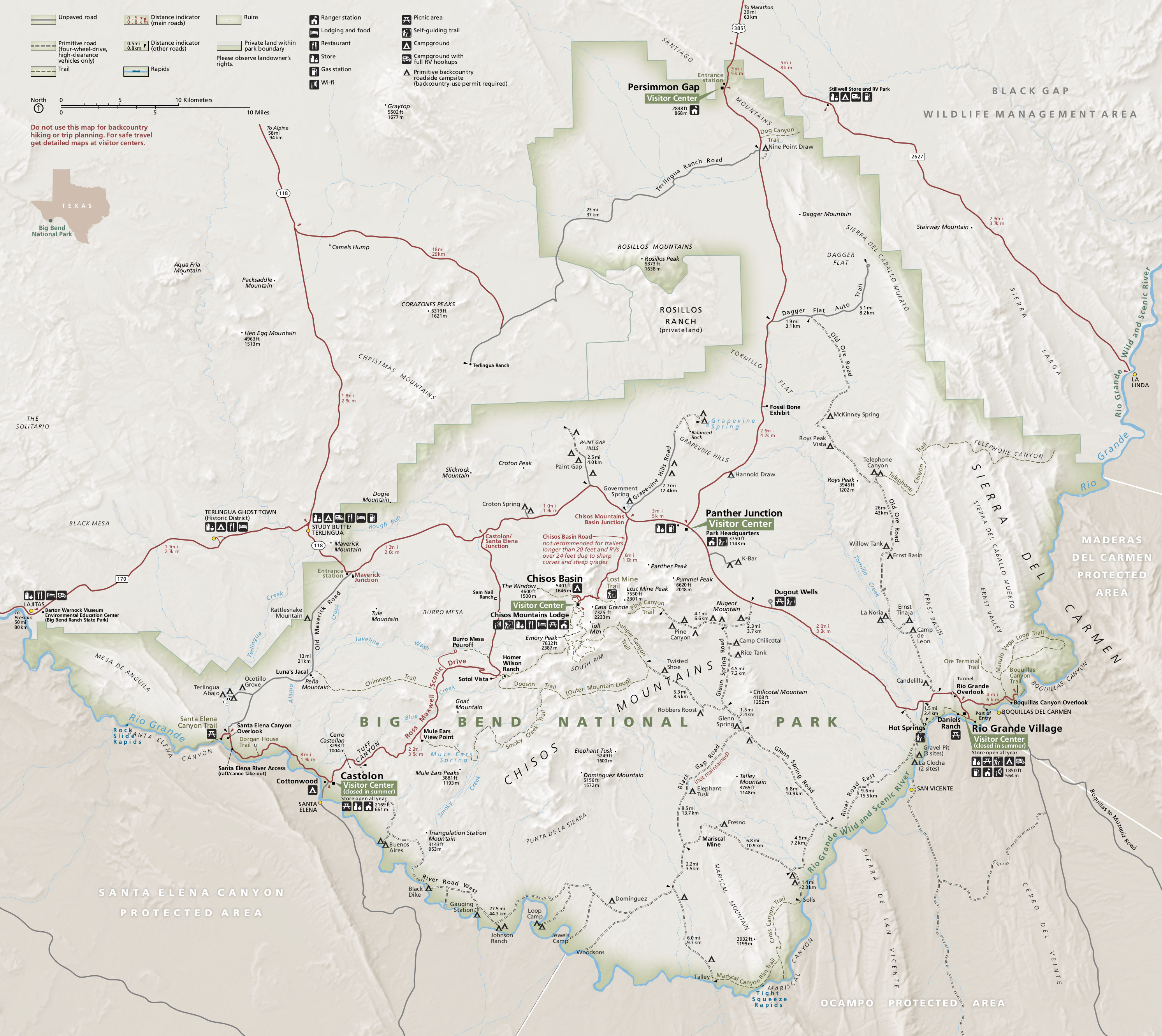|
Ovicula
''Ovicula biradiata'' is a species of plant in the family Asteraceae. The species is native to the Chihuahuan Desert in Big Bend National Park, Texas, USA. It is the only species in the genus ''Ovicula''. It was first documented in 2024 and nicknamed the "woolly devil" because of its hairy leaves and ray florets resembling devil horns. Discovery The plant was found in March 2024 by a Big Bend National Park botanist, Debra L. Manley, in partnership with a park ranger. Manley uploaded her photographs of the plant to the community science platform iNaturalist. The research identifying it as a new genus was completed by a team of scientists from the California Academy of Sciences, Big Bend National Park, Sul Ross State University in Texas, and at Universidad Autónoma de Tlaxcala in Durango. The last time a new plant species was discovered in a U.S. National Park was in 1976, when '' Dedeckera eurekensis'' was found at Death Valley. Description Vegetative characteristics ''Ovic ... [...More Info...] [...Related Items...] OR: [Wikipedia] [Google] [Baidu] |
Helenieae
Helenieae is a tribe of the plant family Asteraceae. The type genus is '' Helenium'', but the best known members of the tribe are the '' Gaillardia''. Helenieae are usually placed in their own tribe, but some authors include this and several other tribes as subtribes within a broader definition of the tribe Heliantheae. Subtribes and genera Helenieae subtribes and genera recognized by the Global Compositae Database: *Subtribe Gaillardiinae **'' Balduina'' **'' Gaillardia'' **'' Helenium'' *Subtribe Marshalliinae **'' Marshallia'' *Subtribe Plateileminae **'' Plateilema'' *Subtribe Psathyrotinae **'' Pelucha'' **'' Psathyrotes'' **''Trichoptilium ''Trichoptilium'' is a monotypic genus in the daisy family containing the single species ''Trichoptilium incisum'', which is known by the common names yellowdome and yellowhead. Description ''Trichoptilium incisum'' grows up to tall. It sends ...'' *Subtribe Tetraneurinae **'' Amblyolepis'' **'' Baileya'' * ... [...More Info...] [...Related Items...] OR: [Wikipedia] [Google] [Baidu] |
Big Bend National Park
Big Bend National Park is a List of national parks of the United States, national park of the United States located in West Texas, bordering Mexico. The park has national significance as the largest protected area of Chihuahuan Desert topography and ecology in the United States, and was named after a Big Bend (Texas), large bend in the Rio Grande, Rio Grande/Río Bravo. The park protects more than 1,200 species of plants, more than 450 species of birds, 56 species of reptiles, and 75 species of mammals. Additional park activities include scenic drives, programs led by Big Bend park rangers, and stargazing. The area has a rich cultural history, from Prehistoric art, archeological sites dating back nearly 10,000 years to more recent pioneers, ranchers, and miners. The Chisos Mountains are located in the park, and are the only mountain range in the United States to be fully contained within the boundary of a national park. Geological features in the park include sea fossils and Fos ... [...More Info...] [...Related Items...] OR: [Wikipedia] [Google] [Baidu] |
Plants Described In 2025
Plants are the eukaryotes that form the kingdom Plantae; they are predominantly photosynthetic. This means that they obtain their energy from sunlight, using chloroplasts derived from endosymbiosis with cyanobacteria to produce sugars from carbon dioxide and water, using the green pigment chlorophyll. Exceptions are parasitic plants that have lost the genes for chlorophyll and photosynthesis, and obtain their energy from other plants or fungi. Most plants are multicellular, except for some green algae. Historically, as in Aristotle's biology, the plant kingdom encompassed all living things that were not animals, and included algae and fungi. Definitions have narrowed since then; current definitions exclude fungi and some of the algae. By the definition used in this article, plants form the clade Viridiplantae (green plants), which consists of the green algae and the embryophytes or land plants (hornworts, liverworts, mosses, lycophytes, ferns, conifers and other gymnosperm ... [...More Info...] [...Related Items...] OR: [Wikipedia] [Google] [Baidu] |
